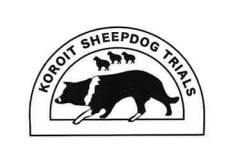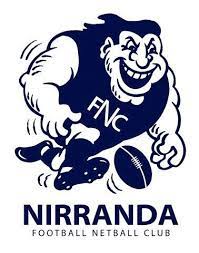Disbudding is an important procedure for the wellbeing, health and productivity of your valuable calves. The Vet Group’s disbudding service aims to provide a professional and consistent package that includes sedation, long-acting anti-inflammatory pain relief and local anaesthesia prior to hot iron cautery.
Our disbudding team also checks for hernias, removes extra teats and treats any other health issues found such as jaw and ear abscesses. We find that disbudding is also a convenient time for farmers to ear tag calves and administer 7-in-1 vaccination while the calves are sedated.
What’s the benefit of disbudding this way?
Many studies have shown an acute pain response (indicated by increases in blood cortisol levels and calf pain behaviours) following disbudding or dehorning. This response peaks at 30 minutes, can last for 8 hours or more and has a negative effect on feed intake and weight gain over the following weeks. However, the combination of sedation, local anaesthesia and long-acting anti-inflammatory pain relief prior to hot iron cautery has been proven to remove almost all of the pain and stress responses in young calves. Disbudding in this way can lead to increased growth rates over the next 30 days and can reduce the risk of a disease setback following the procedure.
What age should calves be disbudded?
Calves should be aged between 2 and 8 weeks as the horn buds (the circles of horn-producing tissue) remain freely moveable and unattached to the skull below. This makes the procedure quicker and less painful. However, disbudding in sick calves should be delayed until the calf has made a full recovery.
What time of day is best?
Calves should not be disbudded within three to four hours of a milk feed to reduce the risk of intestinal bloat while under sedation. For example, calves fed twice daily could be fed early in the morning and disbudded around lunchtime while calves fed once daily in the afternoon could be disbudded first thing in the morning.
What is involved?
- Calves give a sedative injection so that they will lie down. They need to be in a clean, sheltered space with enough room for calves to lie down without touching each other. Sedation reduces the ability for calves to regulate their body temperature and so it is good to avoid disbudding on excessively hot or excessively cold/wet/windy days.
- We provide an injection of anti-inflammatory pain relief under the skin at the time of sedation for longer-lasting pain relief.
- The hair around the horn buds is clipped. This allows better visualisation of the horn bud, enabling more accurate placement of the disbudding iron. It also reduces the smoke and smell associated with burning hair.
- A local anaesthetic nerve block is administered to both horn buds and takes about 3–5 minutes to come into effect.
- Hot iron cautery with a gas disbudding iron helps to prevent bleeding at the disbudding site. In older calves, where horn buds have fused to the underlying bone, they will need to be removed (scooped) prior to hot iron cautery.
- A topical antiseptic is applied to both horn bud sites immediately after the procedure.
How quickly do they recover?
Calves will still be sedated and should sit quietly for several hours if left undisturbed. Occasionally calves will get up, move around and sit down again – sometimes they can sit on another calf. It is good to check in on the calves regularly to ensure they are sitting upright rather than lying out on their side. Within a few hours, calves should be up and moving around the pen as normal and be ready for a feed of milk the same day.
What after care do they need?
Calves should not be exposed to rain for 48 hours and observed closely for two weeks post procedure to detect and treat any horn bud wound infections. If you have any questions about how the calves are going it is important to call the clinic straight away.

Local anaesthetic nerve blocks and anti-inflammatory injections provide short- and long-term pain relief to disbudded calves































